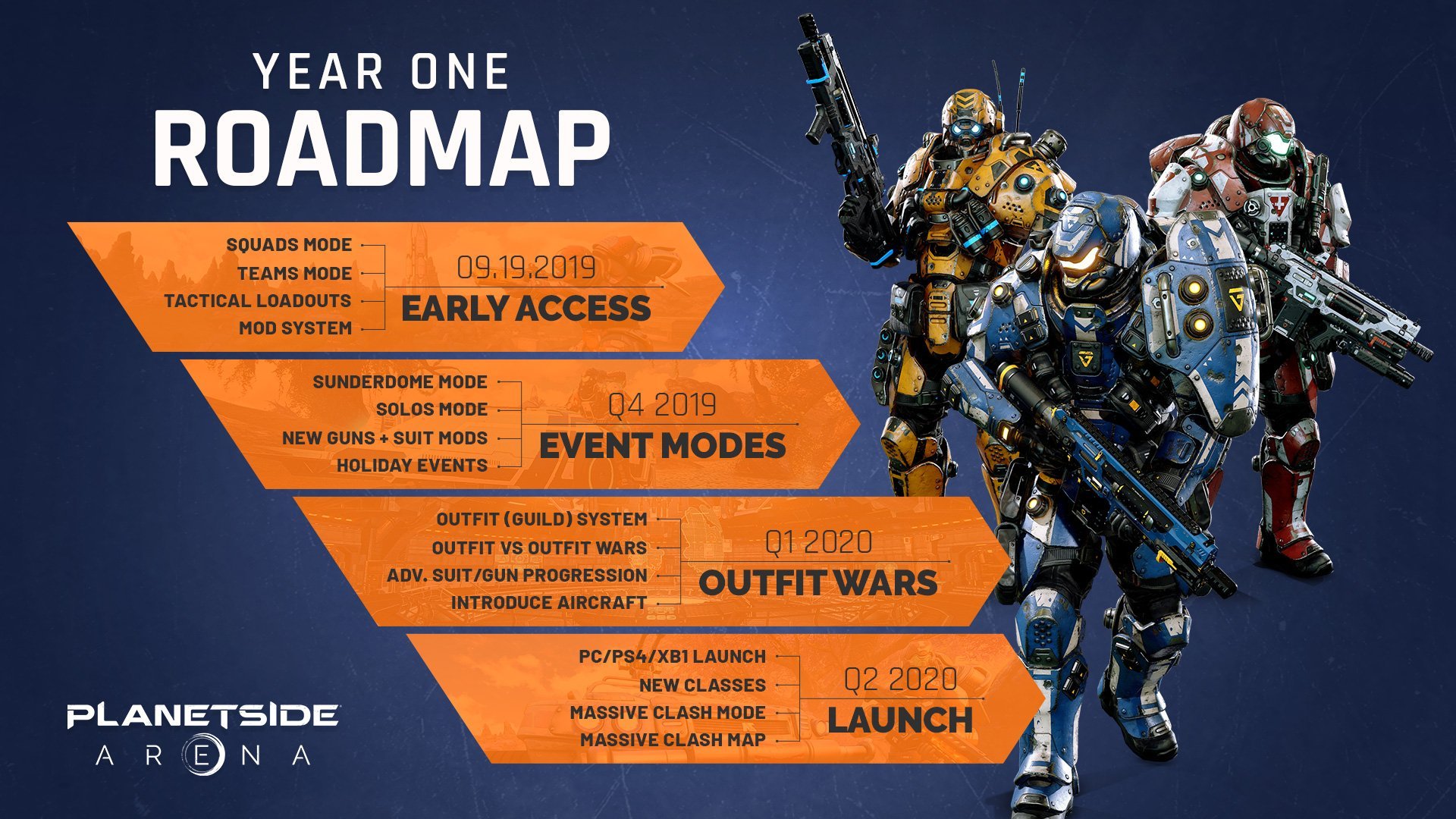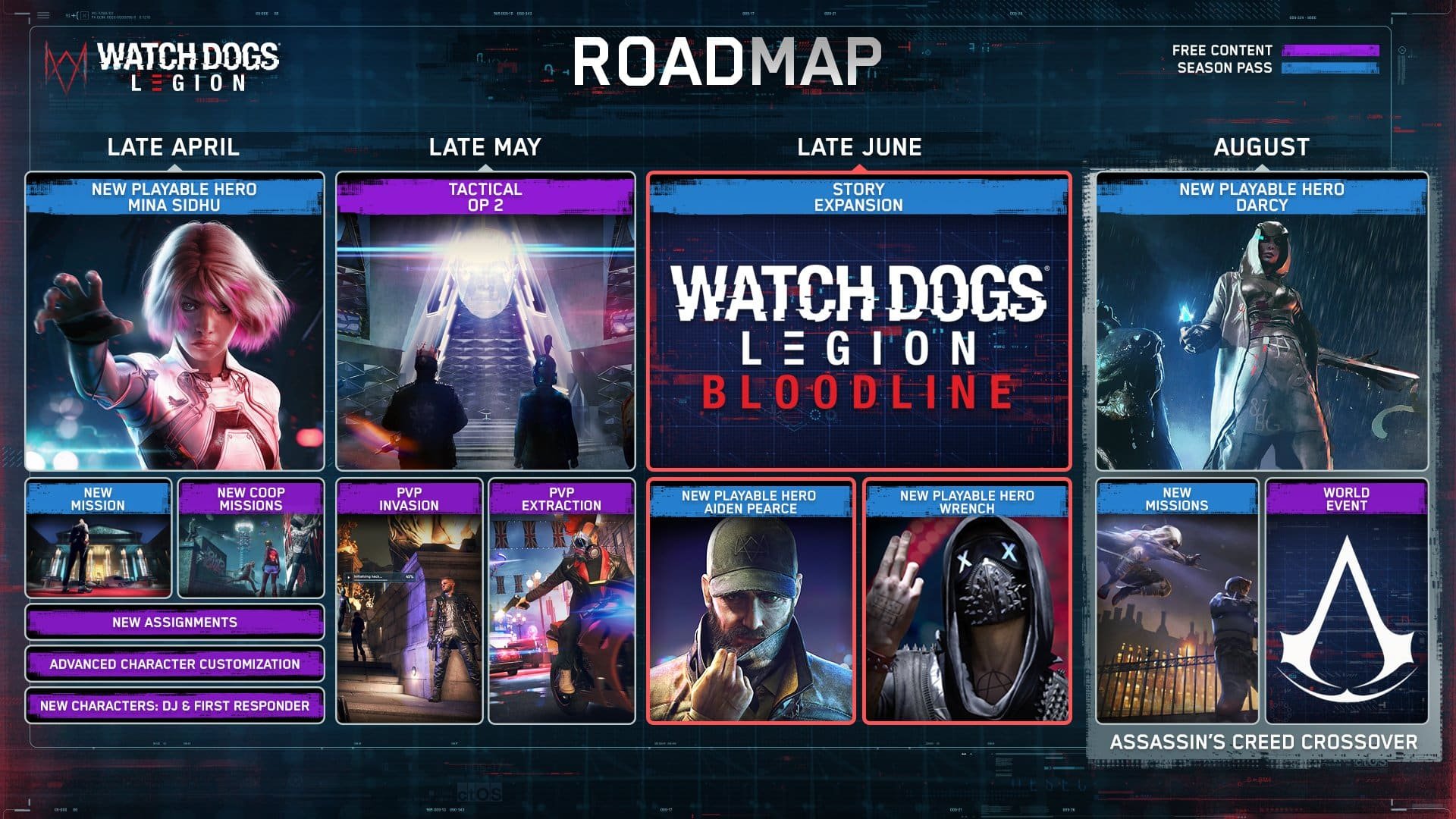why are live service game so popular?
It's no secret that live service games are becoming increasingly popular. Games like Fortnite, Apex Legends, and Call of Duty: Warzone has taken the gaming world by storm, attracting millions of players from all over the globe. But what is it about these games that make them so appealing?
A live service game is a game that requires players to actively engage with the game in order to progress. This type of game is typically more ongoing development and content than traditional video games and often features progression features, battle passes, microtransactions or subscription models in order to make money and sustain the player's involvement.




Here are some of the most common features of a live service game:
Ongoing development and support: A live service game needs to be constantly updated with new content and features, otherwise it’s not really a live service game. This means regular releases of new content, patches, and updates. If your game isn’t constantly evolving then people will start to lose interest and move on to other games.
Constant engagement: Live service games need to be constantly engaging for players so that they stay engaged and come back. This can be done in a number of ways, but one way is to continuously add new features or content that’s relevant to the player base. Another way is to keep the player base engaged by regularly polluting their social media feeds with information about the game or upcoming events.
Scalability: A live service game needs to be able to handle large numbers of players at once without breaking down. This means having robust servers that can handle high loads without crashing, as well as being able to update the game frequently enough so that the servers don’t become outdated and slow
Greater player loyalty: Players are more likely to stay loyal to a live service game because they feel like they are part of an ongoing community.
Social networking: Live service games often feature social networking features, which allow players to interact with one another online. This can be used to trade items or to find allies in battle.
Costs: Many live services games are free to play and have a long roadmap of development and content which allows for more titles to be released with lower development costs and greater accessibility for players.
Personalisation: With regular updates come new ways to customise your character, making them feel truly unique. This level of personalisation encourages players to keep coming back to see what new possibilities have opened up for their characters.
Strong community focus: With dedicated forums and chat rooms where players can connect with each other. This sense of community can make the game even more enjoyable, as you’ll always have someone to talk to about your latest discoveries or triumphs.
Example: Warframe
The drawbacks of live service games
Games like Destiny, World of Warcraft, and even The Sims 4 have adopted this live service model, and it seems to be working out well for them. However, there are some drawbacks to this approach that are worth considering.
For one, live service games tend to be very grindy. Players are constantly having to do the same thing over and over again in order to progress. This can get very tedious and make the game feel more like a chore than something to be enjoyed.
Balancing is another issue that can come from having so much content in the game that developers need to tackle. With every new event, item or update things can become out of balance and can result in backlash from the player base.
Some games often have a lot of microtransactions. Players are constantly being asked to spend more money on the game, which can quickly become frustrating. But there are some better alternatives such as the Battlpass feature.
Finally, live service games can be very time-consuming. It's not uncommon for players to spend dozens or even hundreds of hours on these games without ever reaching the endgame content. This can make it difficult to maintain a healthy balance between gaming and other aspects of life.
All things considered, live service games have both good and bad aspects.
Example: Marvel’s Avengers
Are live service games here to stay?
For starters, live service games offer a unique and ever-changing gaming experience. Unlike traditional games which are played offline and remain the same from start to finish, live service games are constantly updated with new content, keeping players engaged for hours on end. Additionally, many live service games feature competitive multiplayer modes which add an additional layer of excitement and challenge.
But perhaps the most appealing aspect of live service games is the sense of community that they foster. In a world where we are increasingly isolated from one another, these games provide a much-needed outlet for social interaction. Through in-game chat features and online forums, players can connect with one another and form lasting bonds, even if they're located halfway around the world.
So why are live service games so popular? There are many reasons, but ultimately it boils down to the fact that they're simply a lot of fun. Whether you're playing by yourself or
Conclusion
A live service game is get regular updates (both major and minor) are almost always needed in order to keep the game fresh for the player base. Thanks for reading!